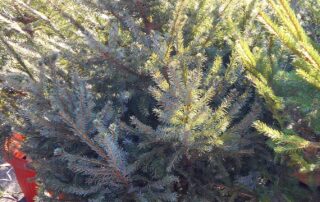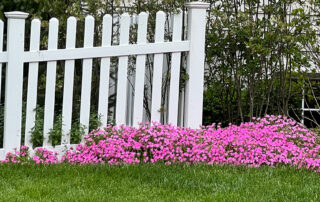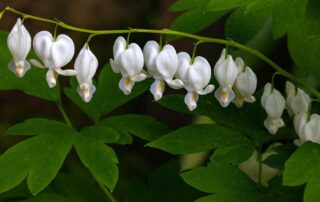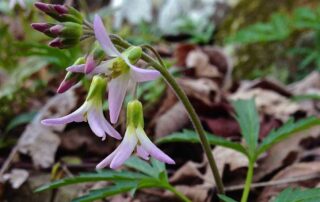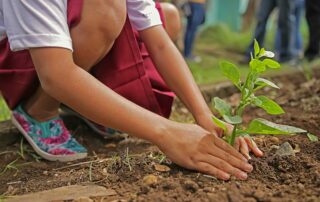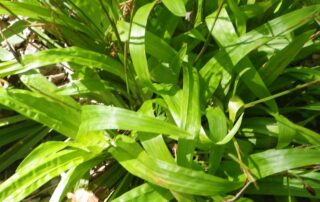Dig that Christmas tree hole now
When it comes to sustainable landscaping practices, it is best to be proactive in your approach. With that in mind; many of us celebrate the holiday season by decorating a live evergreen Christmas tree, so you may be better off if you dig your Christmas tree hole now before the ground freezes.

